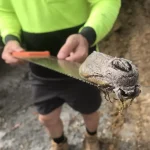Something Was Sticking Out of Her Porch… And It Was Alive

Last month, a homeowner noticed something highly unusual sticking straight out of the concrete on her front porch: a tail. Looking closer, there were also two tiny legs, squirming. A lizard had somehow wedged its way into a crack and was stuck.
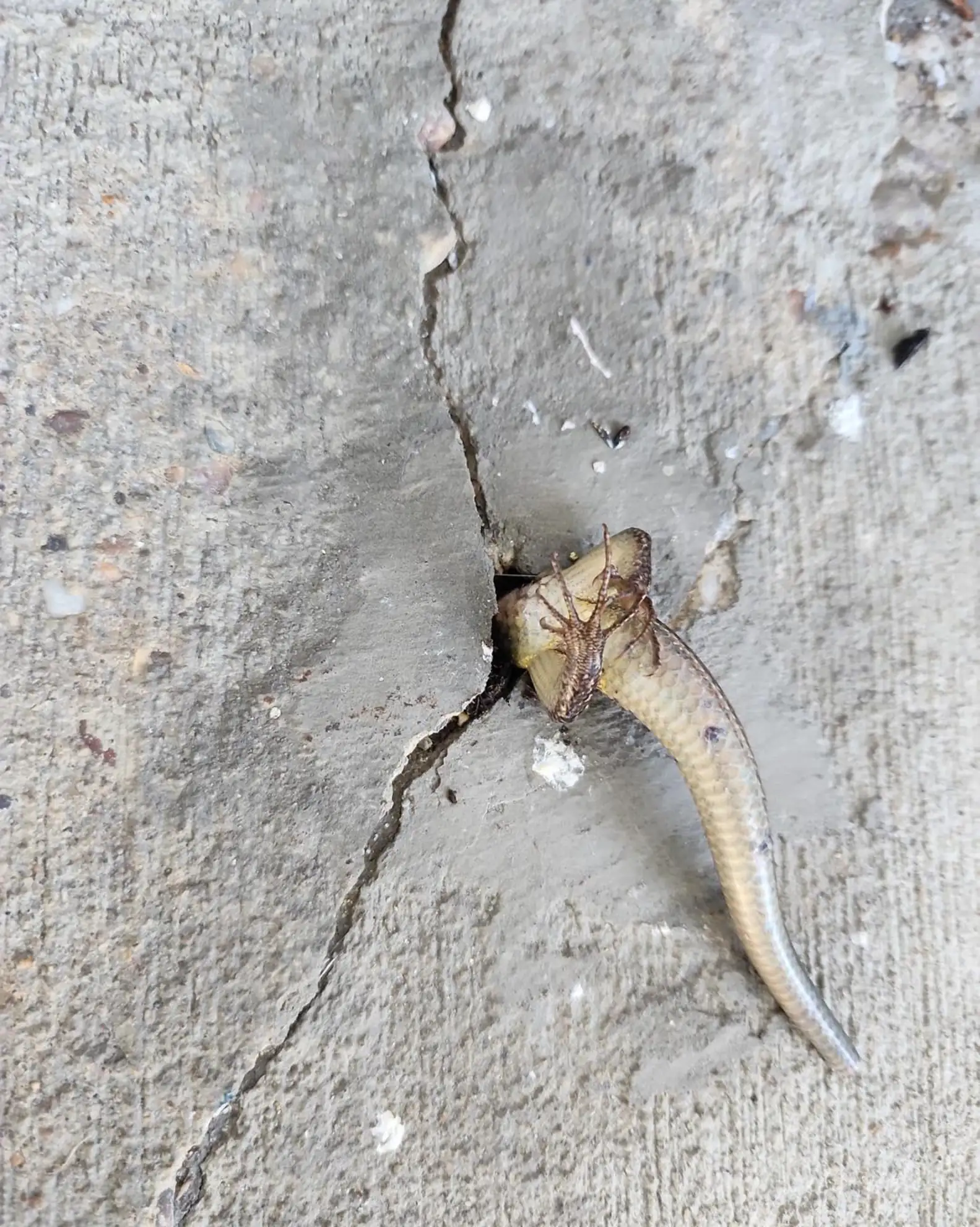
The homeowner had no idea how long the poor lizard had been stuck and could tell he was suffering, so she called Evelyn’s Wildlife Refuge. Shawnda Bentley, a senior rehabber, hurried over to help.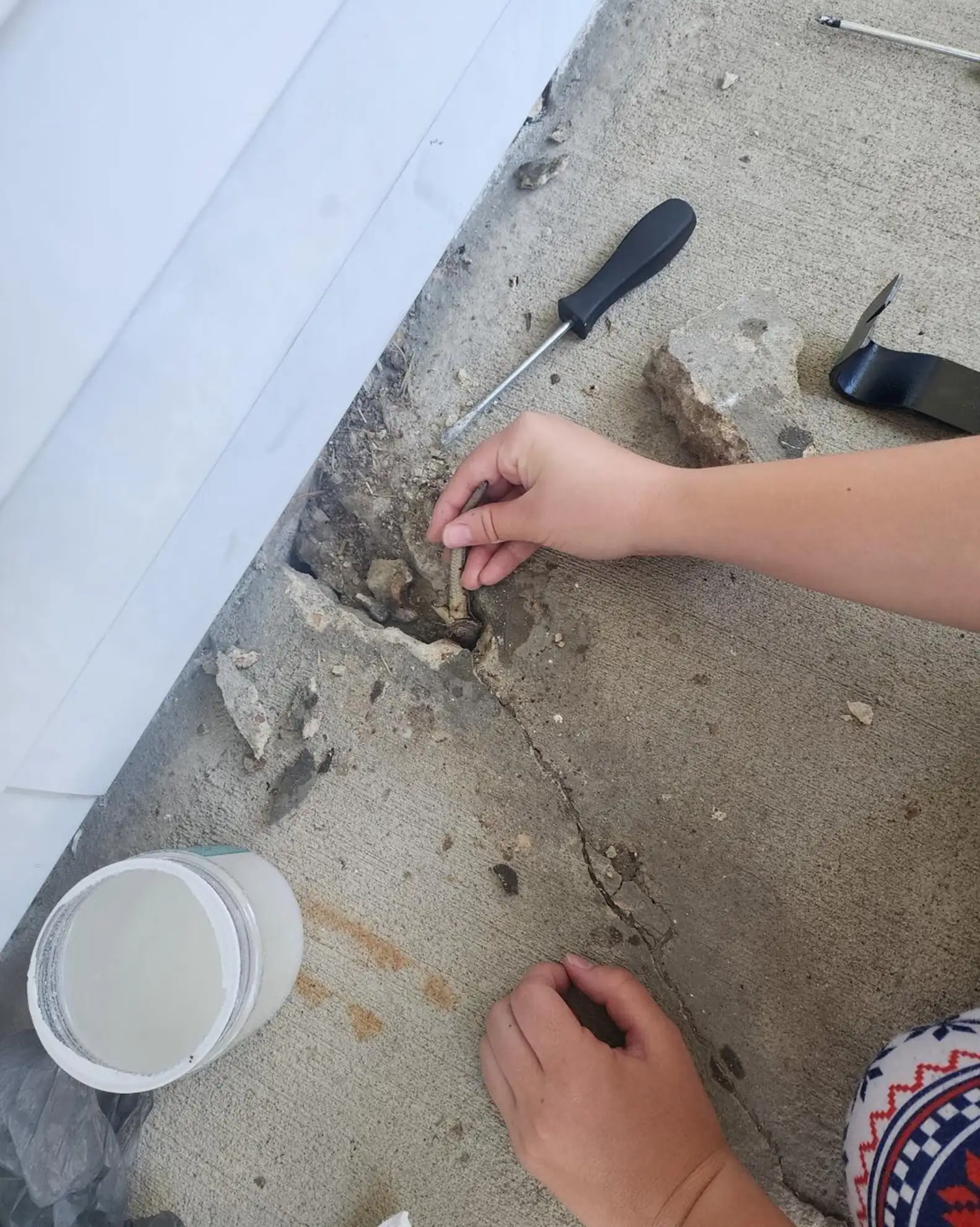
“[Lizards are] not usually stuck,” Bentley told The Dodo. She assumed he was just sunbathing. “I get over there and, boy, was he stuck!”
Bentley recognized the lizard as a skink. That meant grabbing him by the tail wasn’t an option because skinks, like many lizards, will release their tails in self-defense if they feel threatened. Bentley also didn’t want to dislocate his hips or break his legs by pulling. Two more volunteers joined the rescue mission and brought a hammer, a crowbar, screwdrivers and a secret weapon — coconut oil.
The whole ordeal took almost two hours.
“As soon as I pulled him out, he latched on to my finger and bit the tar out of me a couple of times,” Bentley laughed. “I said, ‘Well, you know what? That’s okay. I’d be mad, too … a couple ladies chipping away around me and dousing me in that way.'”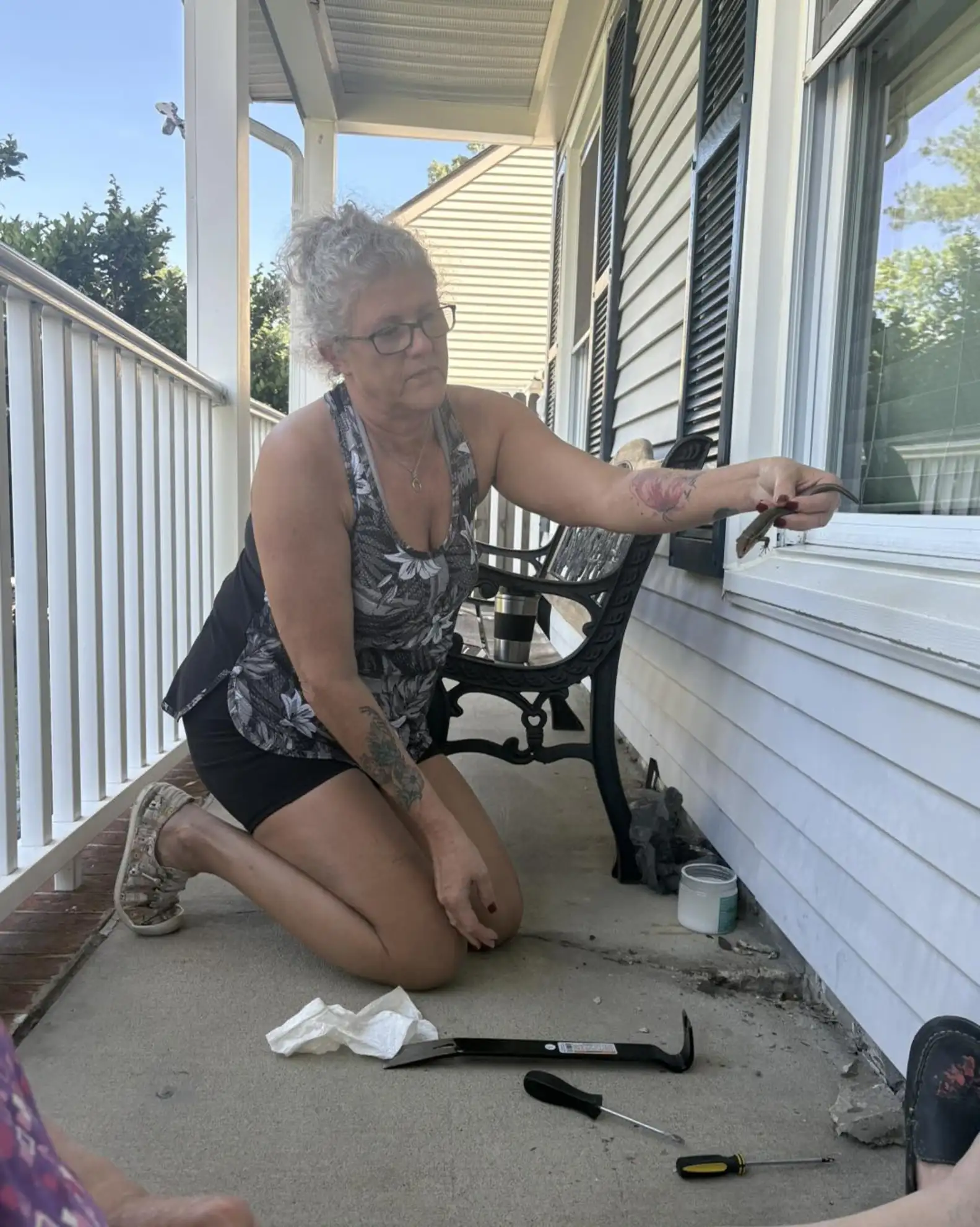
Unfortunately, the skink wasn’t totally out of the woods yet. The very tip of his tail was lost, and a large gash on his belly needed immediate treatment.
Linda Nichols, a seasoned rehabber who works with Evelyn’s Wildlife Refuge, told The Dodo, “His wound was so bad that I was very concerned about the risk of infection.” She also worried that his spine had been damaged while he was stuck because he had trouble moving his back legs.
Luckily, the skink, now named Coconut, has responded well to both topical and oral antibiotics. He’s staying with Nichols as he heals and she said he moves well and is full of energy — and, yes, his tail is growing back nicely.
The Oklahoma Department of Wildlife Conservation says skinks are able to release their tails when necessary, like if a predator bites them, and regrow new tails. The old tail can even continue wiggling after it’s been released, to distract the threat. The new tails that grow back are just as functional, if a bit shorter than the originals.
Coconut has a big appetite, which is what Nichols believes got him into trouble in the first place. Skinks love snacking on tiny insects and are often seen wriggling into tight spaces in pursuit of a meal. Nichols said she thinks Coconut “underestimated how big the second half of his body is.”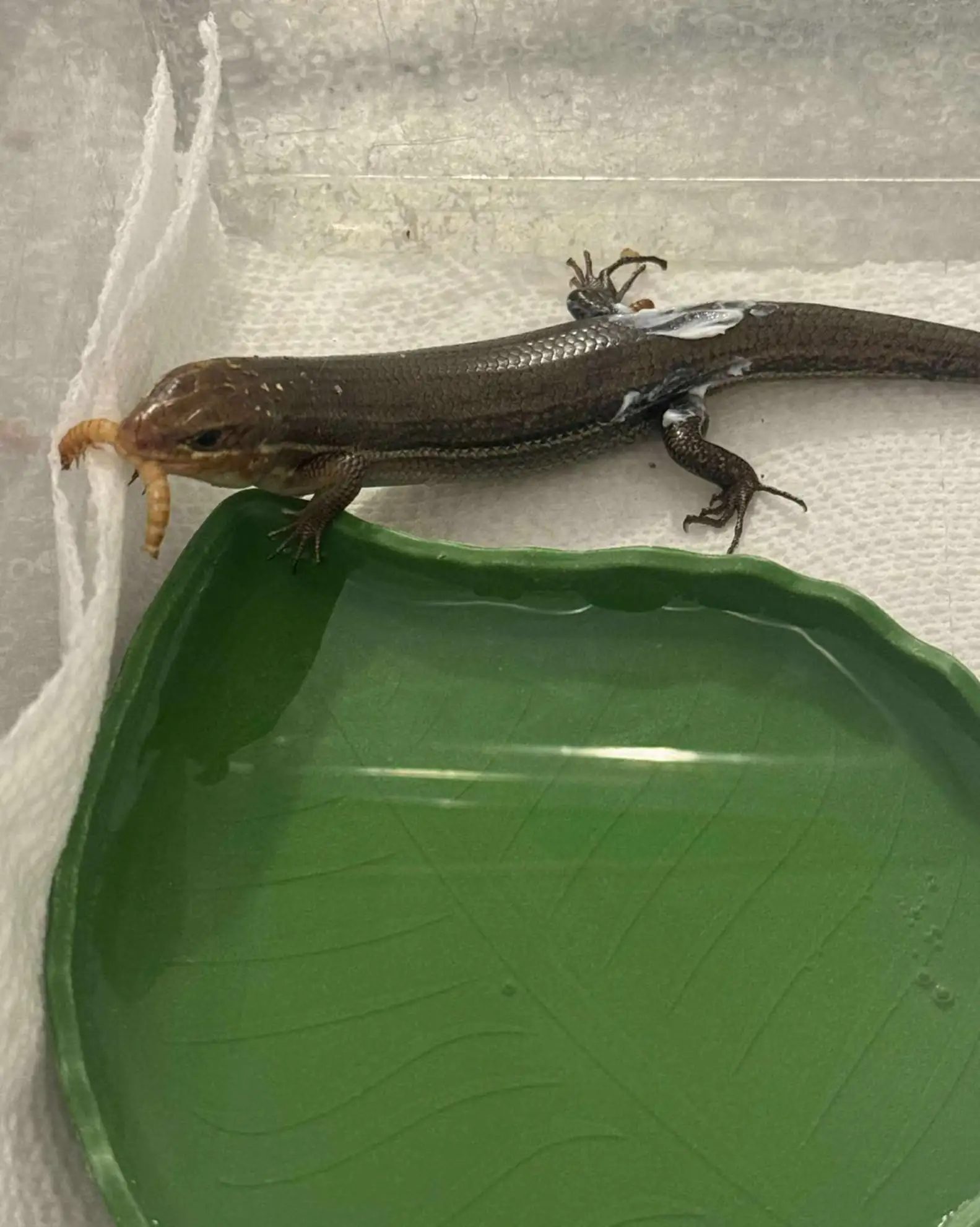
Once he’s healed, Nichols will release Coconut back into the wild. “Skinks have been shown to live in ‘families’ of sorts,” she said. “So we want to take him back where he has a community and knows the best places to hide and find food.”
